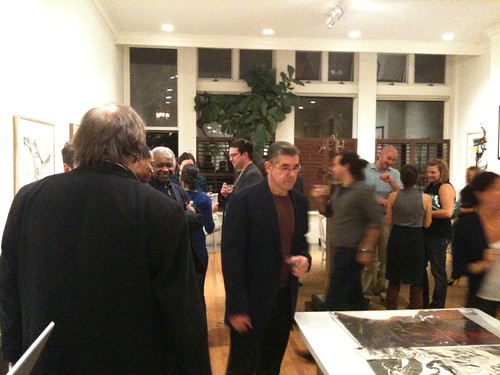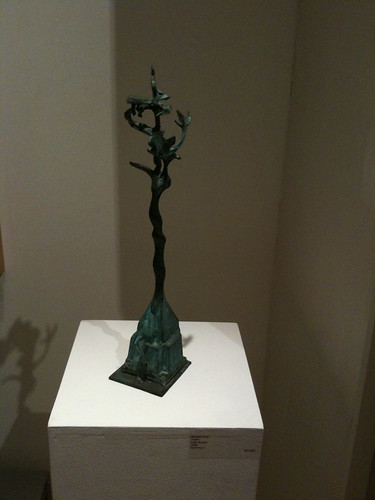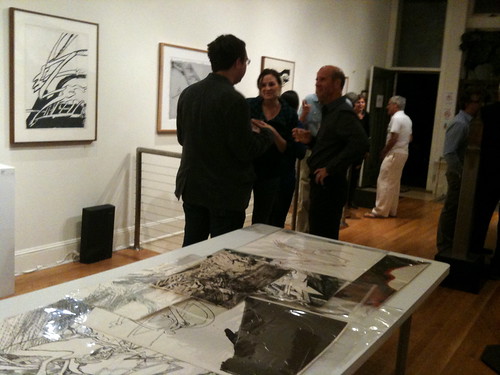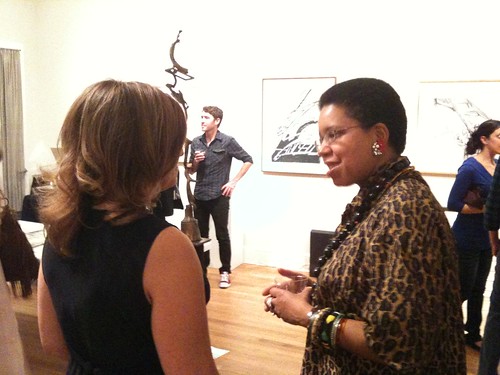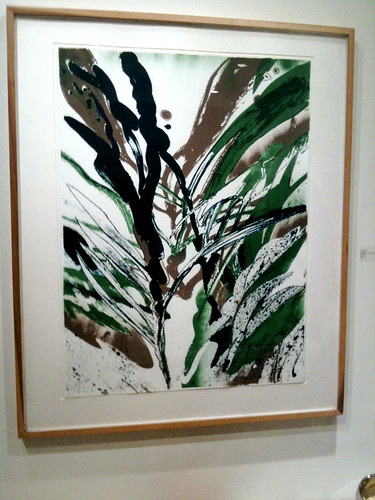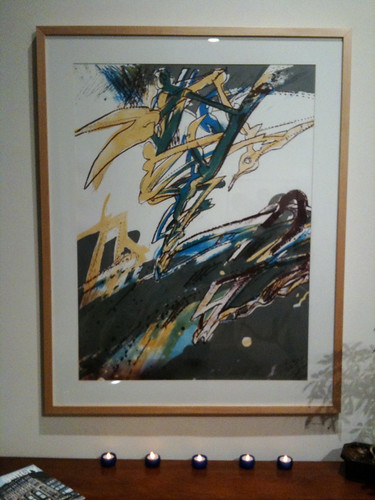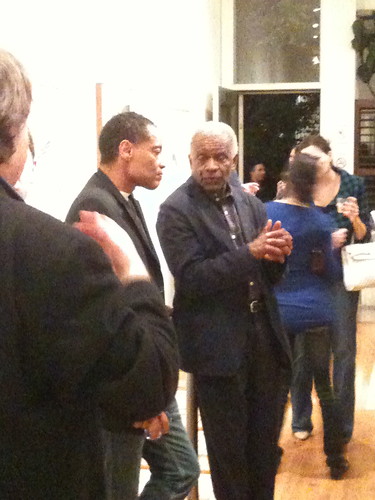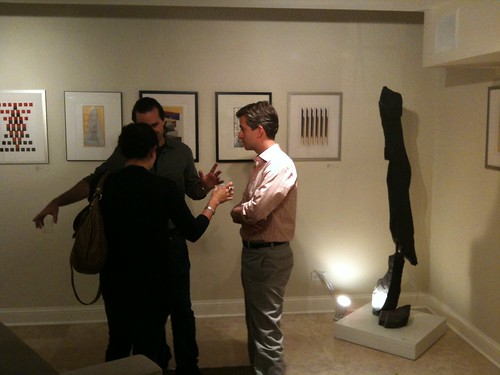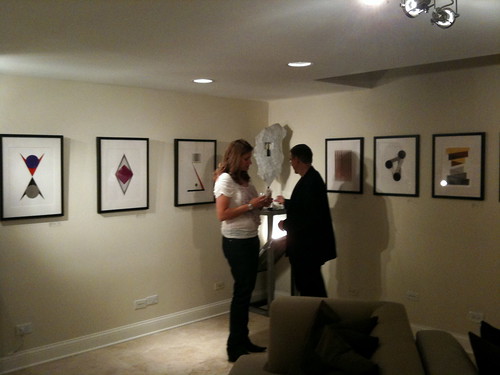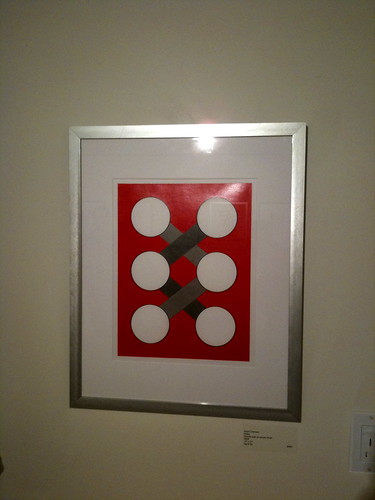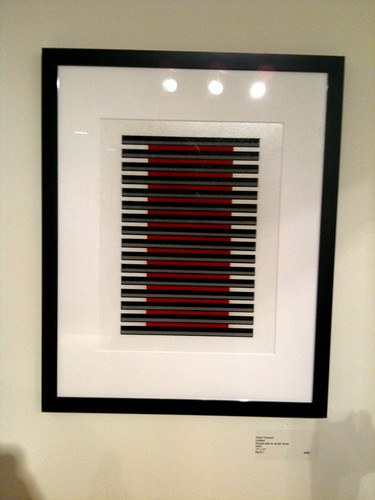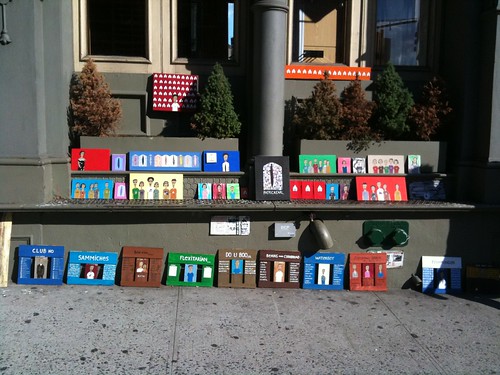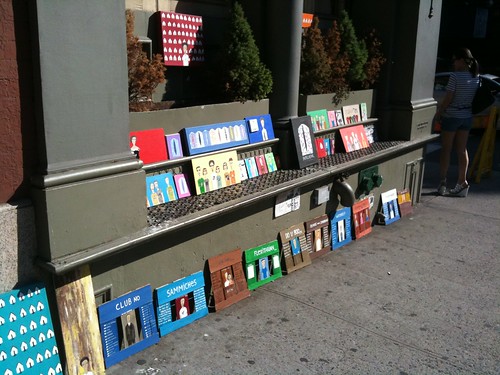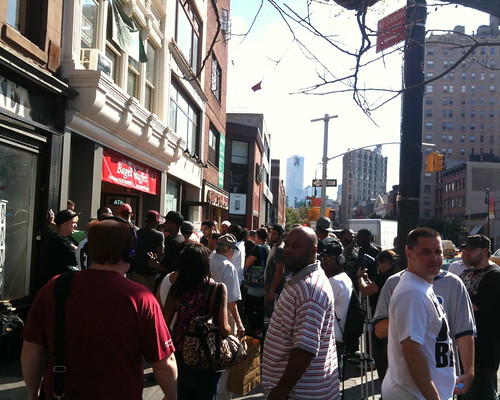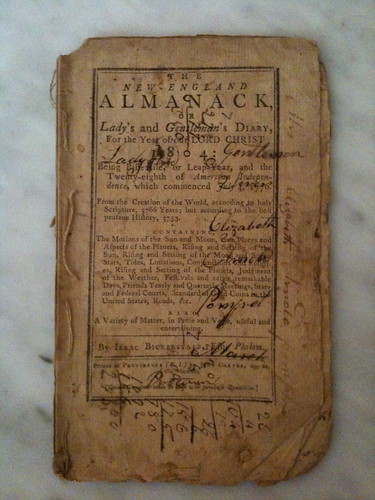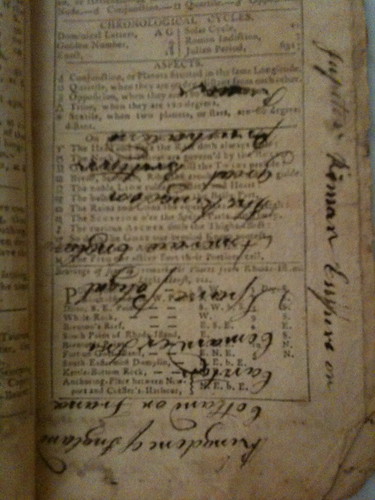 |
| The 2008 candidates' tax cut plans |
Because of the high risk of incivility ("be civil" a friend sometimes reminds), I have refrained for some time from posting political commentary on here, saving that for short bursts on
Twitter or other channels, but I must say, the
GOP hit the foulest trifecta today: they killed a Senate vote to repeal
Don't Ask Don't Tell, they defeated a Senate bill to provide funding for
9/11 first responders, and they forced the Senate Majority Leader to table the
DREAM Act.
On top of this, I listened to "reasonable" Republican Senator
Lamar Alexander of
Tennessee tell his NPR interlocutor that not only did the country need
not worry about the huge deficit-increasing effects of the Bush-GOP tax cut gimmicry overall ($4 trillion to the Treasury over the next decade), which was going to magically create jobs after having not done so for
ten years, nor worry about the effects just of the cuts for billionaires ($700 million), but in fact, any
future attempt to reset the tax rates to Clinton levels (which were quite low) or any other higher level would amount to "the largest tax increase in history."
You heard that--"the largest tax increase in history"--it's going to be trotted out like a sick show pony over and over and over as soon as the time is right.
On top of this, the payroll tax cut will reset in a year, meaning it either will be kept low, starving Social Security's trust fund
or raised and labeled a "tax increase." Mind you, they are going to use these both to bash the Democrats' heads in throughout 2012. I need not say who is going to suffer the worst as a result of this, but he currently occupies 1600 Pennsylvania Avenue. But what can you do, he's beyond listening or reasoning, it appears. I asked the question a while ago: when did this president
become a self-identified "Blue Dog," and did anyone else realize we were putting a Republican in the White House?
***
Tonight I ventured out briefly into the cold and snow (it's on again) to catch the second (and last?) in the
Super R-Type word-based art series, curated by
a d jameson at the
Green Lantern Gallery's The Corpse Performance Space, in
Ukrainian Village. (Some Chicago neighborhoods have such vivid names.) The lineup included painter and graphic artist
Keiler Roberts, School of the Art Institute student
Hyojin An, and poets
Amira Hanafi and (publisher)
Rachel Araujo. Roberts narrated a tour through her witty and engaging autobiographically based graphic work, which she said she turned to after years as a more conventional painter, though she did say that she still painted and drew. Her husband (and daughter, then still on the way) made an appearance in the works, which I plan to check out. One aspect of her work that I particularly liked was her use of blogs as creative devices to enable kinds of word-text pairings that are not that possible otherwise, and it intrigued me to think about these projects (she has started 2-3 blogs, from what I can tell) in relation to her graphic work/comics.

Hyojin An, a native of Korea, devised pictograms as a means of dealing with her struggles with the English language and American signage. These were humorous but also underlined how even knowledge of a second language, in written form, can prove baffling given the complexities of idiomaticity, conventional and everyday usage, and so on. In the second project she displayed, she had created large quasi-ID statements saying on the top half, "I, ________, am [ ] a foreigner here in _____", and on the bottom half allowing the self-identifier to write whatever she or he wanted, especially in her or his native language. She mentioned that she took photos not only in Chicago, but overseas (I think she said Singapore, but perhaps also South Korea). Though I did think immediately of similar projects based on self-identification, both formal and more contingent and popular (the sorts of quickly drawn up IDs people have used, for example, on
Chatroulette or other sites), I enjoyed hearing her talk through how she had come up with this project. She invited us to come create one, but I wasn't feeling so ready to do so. You can download them from her site, though. One other fun and funny project An created was a Facebook profile for "
Foreign Er": do visit it to review it for yourself.
Concluding the evening and event were Hanafi and Araujo, who read together and in complementary fashion. Hanafi's project derived from culling
Oxford English Dictionary entries related to "fucking," while Araujo's selections were drawn from her interest in human anatomy and her conceptualization of what might happen if one's right brain somehow ended up in one's crotch. They did create a dialogue that did raise the heat, especially Araujo's pieces, though both were less graphic--in the sexual sense--than I thought they might be. But then, had they were not allowed to project the old porno film clips, taken from the waiting rooms in Parisian brothels of an earlier era, that they had wanted onto the screen, but the gallery's picture glass front posed too much of a vice-squad risk. (Daley's Chicago is pretty liberal, but not that liberal, especially outside of certain neighborhoods.) Not even the falling snow provided enough cover. It did, however, make driving back north treacherous, and yet I'm here posting this, so I got my dose of mind food and it all worked out in the end.
Photos!

Green Lantern Gallery's Devin, opening the event

Before the event

Series curator a d jameson

The cover of one of Keiler Roberts' graphic pieces/comics

A frame of Keiler Roberts' comics (it resembles Alison Bechdel's style a little here)

Some of the art in the gallery

Between presentations

Spectators/attendees

Keiler Roberts chatting with an attendee

Hyojin An showing her images

One of An's pictographic signs

One of An's foreigner identity sheets

Curator jameson displaying his foreigner identity sheet

Curator jameson and An displaying prints of the foreigner ID sheets

Rachel Araujo and Amira Hanafi

Man and cloth mountain (this is not the name of this artwork, to be sure....)
![The days of this society is [sic] numbered](http://farm6.static.flickr.com/5011/5561592845_242021db09.jpg)


































